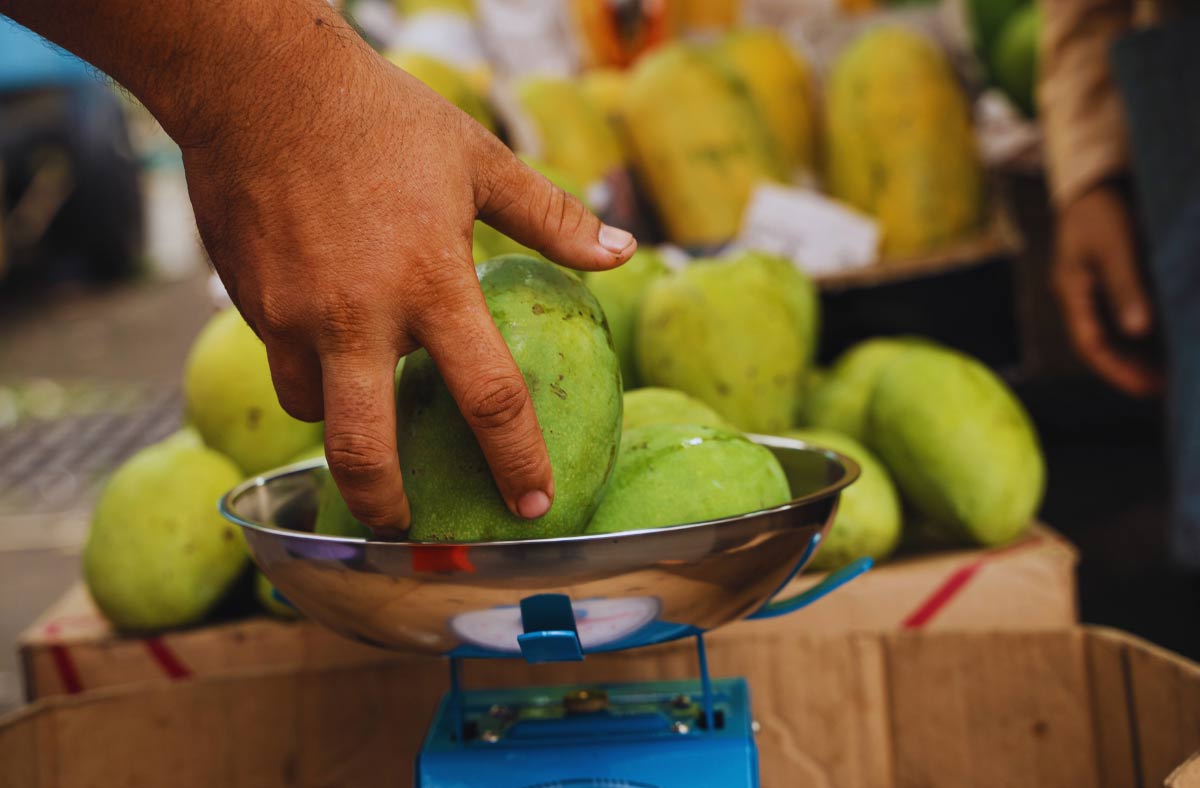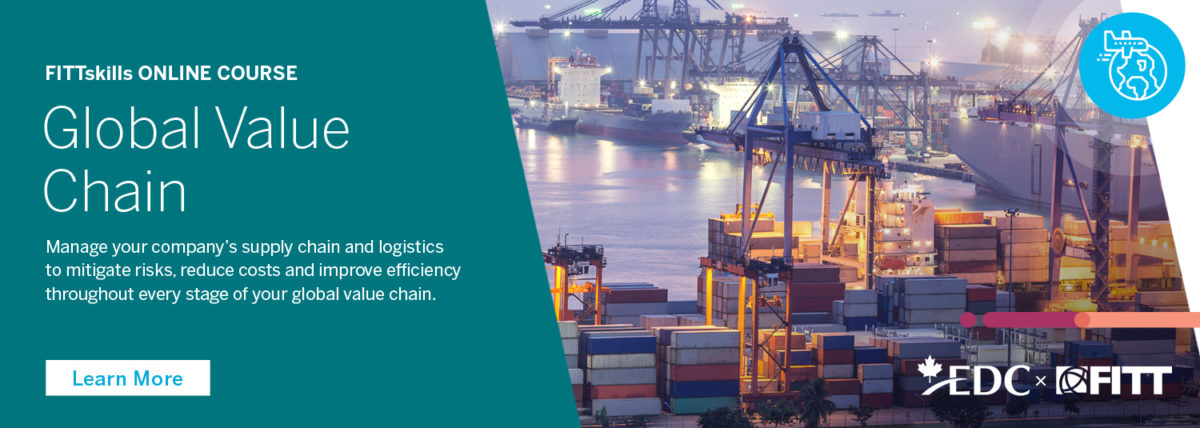In today’s interconnected world, food travels farther, changes hands and ports more often, and passes through more complex supply chains than ever before. This global reach creates immense opportunities for trade. But at the same time, it also opens the door for persistent and costly challenges like food fraud.
Food fraud refers to the deliberate substitution, addition, tampering, or misrepresentation of food, food ingredients, or food packaging for economic gain. It can take a variety of forms, from diluting high-quality olive oil with low grades or substitutes, or mislabelling a non-organic product as organic, to passing off a lower grade of commodity as a premium.
The scale of the problem is staggering. According to the Food and Agriculture Organization (FAO) and the Consumer Brands Association, food fraud is estimated to cost the global food industry between $40 billion and $50 billion annually.
Beyond the financial losses, it undermines consumer trust, damages brand reputation, and, in extreme cases, poses a significant public health risk.
For exporters, specifically in emerging markets, a single instance of fraud in the supply chain can result in loss of access to high potential markets and consequently damage financial gains as well as reputation. The challenge is compounded by the fact that many fraudulent activities occur deep within multimodal supply chains, far from the point of origin, making detection difficult without a proper traceability solution.
The global rise of food fraud
Many of the latest supply chain trends have made food fraud hard to detect.
Globalized supply chain: Food production and consumption spread across multiple countries. For instance, a farm product is grown in one country and processed in another country, where it is packed and sold by a third party before reaching the end consumer. Each stage of this chain increases the opportunity for fraud.
Rising demand for premium products: As demand for has grown for high-quality and high-value products such as organic food, single-origin coffee, unaltered honey, and ghee, so has the alteration in these items.
Economic shift: Inflation, supply chain disruptions, and demand for low prices attract some actors to cut corners and misrepresent products to maintain margins.
Complex Regulations: Different regulations across countries can create loopholes. Fraud happens through false testing, certifications, and documentation.
A 2023 report by the European Commission’s Joint Research Centre found that products such as honey, olive oil, fish, meat, and dairy were among the most frequently adulterated foods in international markets. For example, investigations have revealed instances where up to 20% of honey on store shelves was either diluted with sugar syrups or misrepresented in terms of origin.
Why traditional quality checks fall short
Traditionally, food authenticity has been verified through laboratory testing and documentation checklists. However, there are some limitations. Typically lab tests are taken from a random batch of the total lot produced at a specific moment and cannot track the full journey of all the batches or lots shipped.
Furthermore, documents such as bills of lading and quality reports (COAs) are often paper-based and can be easily forged.
SMEs, which make up the bulk of global food exporters, may lack resources for frequent lab tests or be unaware of complex compliance systems.
Laboratory tests alone cannot verify that the product’s origin or production process matches reality, and this is where technology-driven traceability offers a competitive advantage.
Technology in motion
Emerging technologies are contributing greatly to how the food industry is fighting fraud. By enabling real-time end-to-end traceability, these tools make it difficult for fraudulent practices to go undetected.
Blockchain-based systems: Blockchain creates an immutable, distributed ledger of transactions. In a food supply chain each journey can be recorded from farm harvest to export clearance to retail delivery. Blockchain records are time stamped and tamper-proof. They provide a high degree of trust. Numerous retailers and governments are already piloting blockchain projects for commodities such as beef, fish, coffee, and other seafood.
Smart QR code-based solutions: Smart barcodes link each physical product or batch to a digital record; it is also referred to as a digital product passport. By scanning the QR codes, buyers and regulators can access detailed information, such as the farm origin, processing facility, quality certifications, transport dates, and conditions. Those can be paired with blockchain as well as IoT sensors, which add additional layers of temperature, humidity, and live impact of the cargo.
Internet of Things (IoT) sensors: IoT devices can monitor and transmit environmental conditions, such as temperature, humidity, and location, throughout the transportation and storage. For perishable goods, this ensures that cold chain integrity is maintained, reducing spoilage and fraud.
Artificial Intelligence Analytics: AI algorithms can detect anomalies in trade patterns, shipping routes, or quality metrics that may signal fraudulent activities. For instance, if a cargo of organic coffee is sourced from a region that has no history of growing or shipping organic coffee, AI can flag it for inspection
An example of traceability in agriculture
Consider a mid-sized agriculture exporter supplying high-grade soybeans to European buyers. In the past, their shipment was occasionally delayed due to random customs inspections for authentication and compliance.
By implementing a digital traceability system combined with QR-coded batch tracking and blockchain-based certification, the exporter could provide buyers with instant access to proof of origin, processing records, and quality tests.
This tracking alone would reduce the number of rejected cargos and shorten the customs clearance time because officers could verify the product’s journey remotely.
In addition, the exporter could integrate IoT-based moisture sensors during transit to ensure that the product met EU import moisture standards, preventing spoilage and rejection. As a result, a soybean exporter gains the buyer’s confidence, reduces compliance risk, and maintains a stronger competitive position in premium markets.
A clear business case for investing in technology-driven traceability
Market Access: Numerous countries in the EU and the Americas are moving toward mandatory digital traceability for certain food categories.
Brand Reputation: Verification of the product’s authenticity builds consumer trust and allows brands to justify premium products.
Operational Efficiency: Centralized digital records reduce administrative burdens and speed up compliance monitoring.
Alignment with ESG Goals: Traceability supports environmental, social, and governance reporting by documenting sustainable practices.
Companies that adopt these systems early can position themselves as leaders in transparency and distinguish their brand and products in competitive markets.
Policy and regulatory considerations
Governments and trade bodies are increasingly focusing on food safety issues. They can accelerate adoption of traceability technology by:
- Offering subsidies or tax incentives for SMEs adopting approved systems
- Mandating digital origin documentation for sensitive food categories
The EU’s ‘Farm to Fork‘ strategy and the US Food Safety Modernization Act (FSMA) are examples of such frameworks. In Asia, countries like Singapore are experimenting with national blockchain traceability systems to strengthen food security.
Challenges to adoption
Despite the clear benefits, certain barriers remain:
- Cost Concerns: Initial setup costs can deter smaller producers.
- Training: Farmers, processors, and operators require training to use such tools.
- Data Privacy: Sharing detailed supply chain information raises concerns about proprietary data protection.
These challenges, while significant, are not unconquerable. Industry collaborations, government incentives, and scalable cloud-based solutions are already helping SMEs participate in digital traceability networks.
Looking ahead at the future of traceability
The next decade is likely to see traceability technology evolve beyond fraud prevention into a broader quality and sustainability tool. Developments may include:
- DNA tagging for precise origin verification
- Satellite imaging to verify crop origin
- Consumer-facing mobile apps for transparency, allowing buyers to trace the end-to-end journey of a product
In the future, digital traceability may become as necessary as nutritional labelling today, and companies without it may find themselves excluded from key markets.
Food fraud poses a threat to safety, brand integrity, and export reputations. Technology-driven traceability offers a solution through a blockchain, smart barcodes, IoT, and AI. In the evolving landscape of global trade, transparency is not just a competitive advantage—it is a license to operate.








It is an nice conclusion for food business.
It seems that Mr. Hardik is a specilist for world trading business.
Thanks for this article.